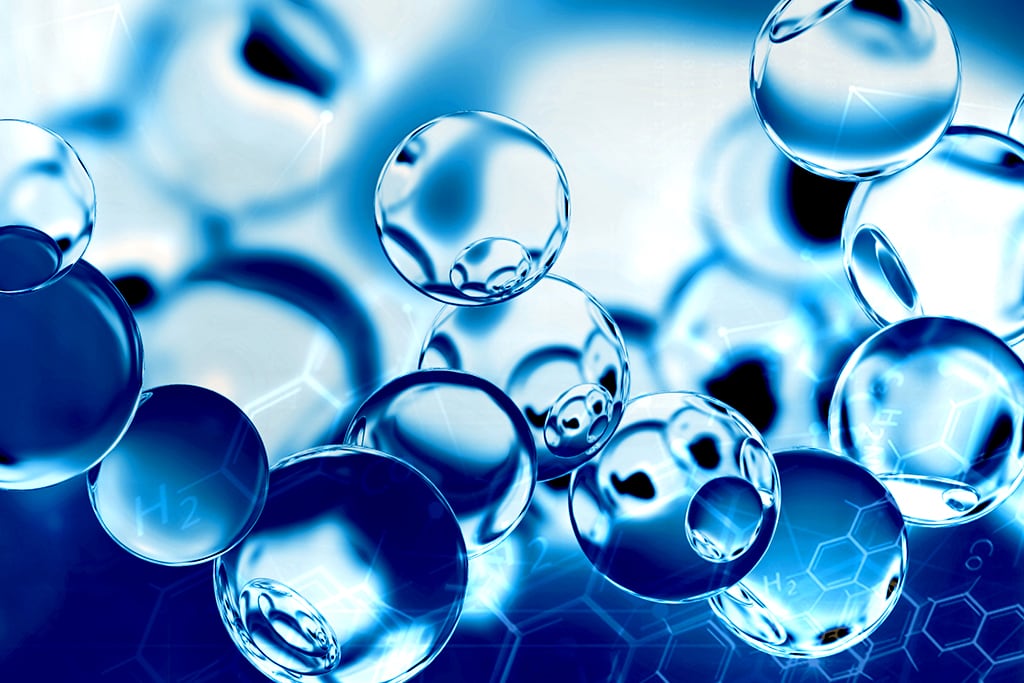SCALE INHIBITORS / SOLVENTS
Scales normally form around one of three variables in the system:
1) pH of a water-commingling of incompatible waters
2) Temperature changes-hot to cold or cold to hot such as going through heat exchangers or commingling with other fluids at different temperatures
3) Pressure drops-fluids taking pressure drops at the choke of a well or out of any vessel further down stream.
WATER PATTERN
ANALYSES
Complete water pattern analyses can accurately predict the scaling potential of most oilfield waters. Extra care should be given to field obtained information about the sample. pH, bicarbonate concentration and temperature are very crucial parts in calculating the scaling potential of a water stream. Inaccurate field data will undoubtedly result in erroneous scaling predictions.
Cations and Anions highlighted in the picture below should be monitored across a system and monitored monthly. Any loss in the highlighted anions/cations could possibly indicate scaling.
PRODUCT
SELECTION
Initial product screening for the selection of a scale inhibitor should always take place in the field. It is especially important that the product compatibility tests are run at various product concentrations under system temperatures. Many scale inhibitors will form water insoluble scale complexes at various temperatures and concentrations that will result in undesired results.
SCALE INHIBITOR
PROGRAM MONITORING
After a scale inhibitor program has been initiated it is very important to monitor and trend the results of both inhibitor residuals and scale coupon data. Injection rates are often “tweaked 11 in the field to optimize performance and economics. Continual monitoring of the program is just as important as the initial implementation. Commingled produced water streams will inevitably change over time. These changes may warrant rate adjustments and/or product replacement.

LEADING WITH SCALE INHIBITORS / SOLVENTS
Contact Coastal Chemical to learn how we can assist with scale inhibitors / solvents.
